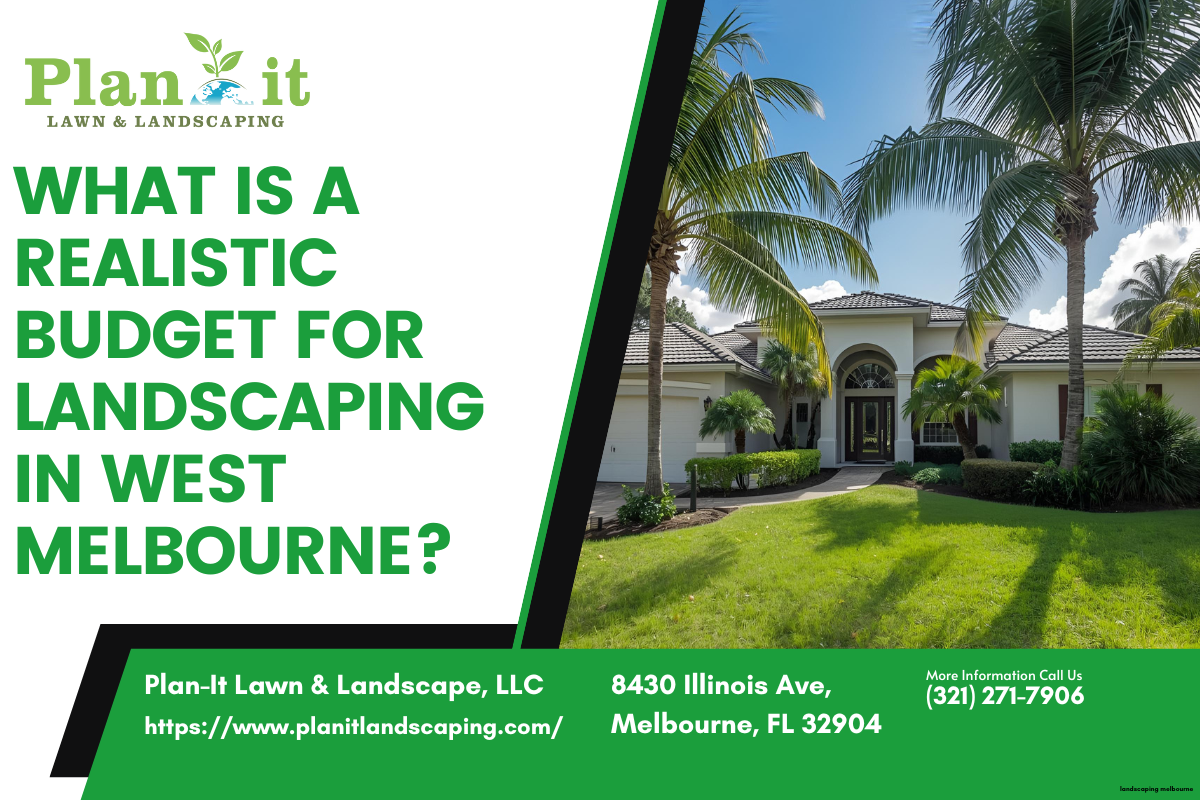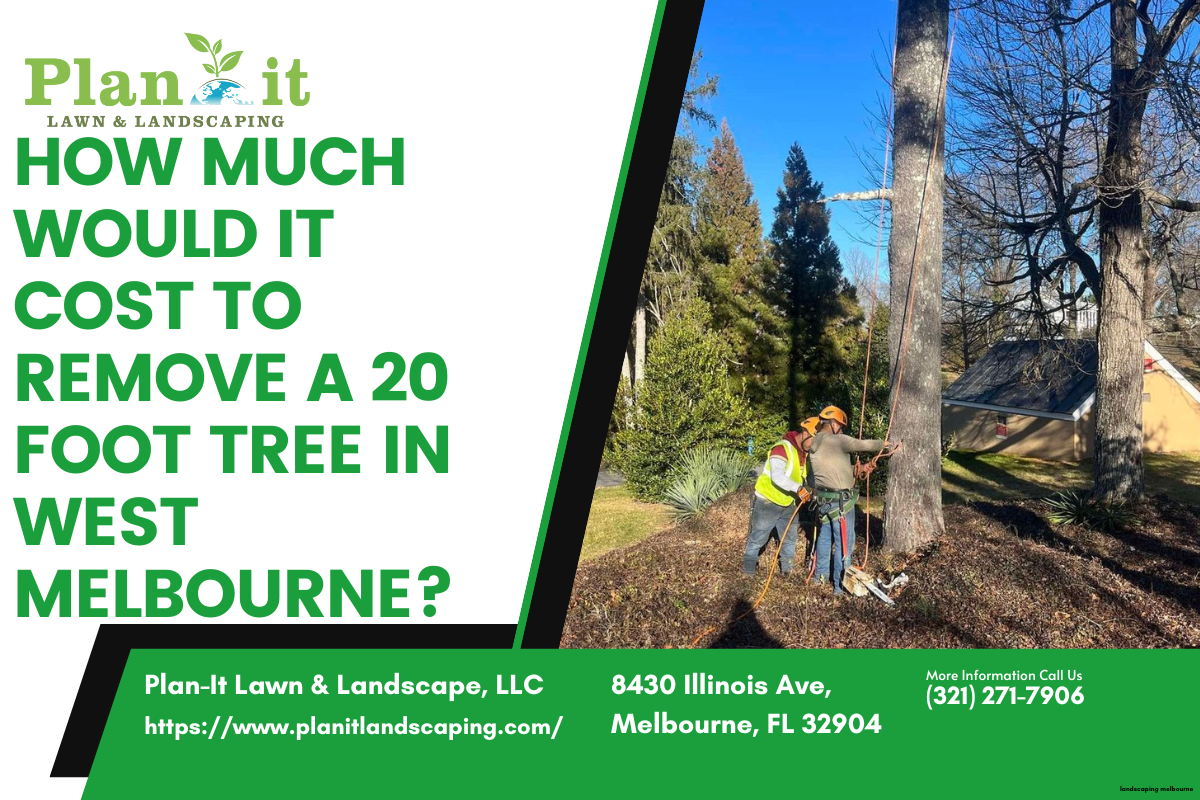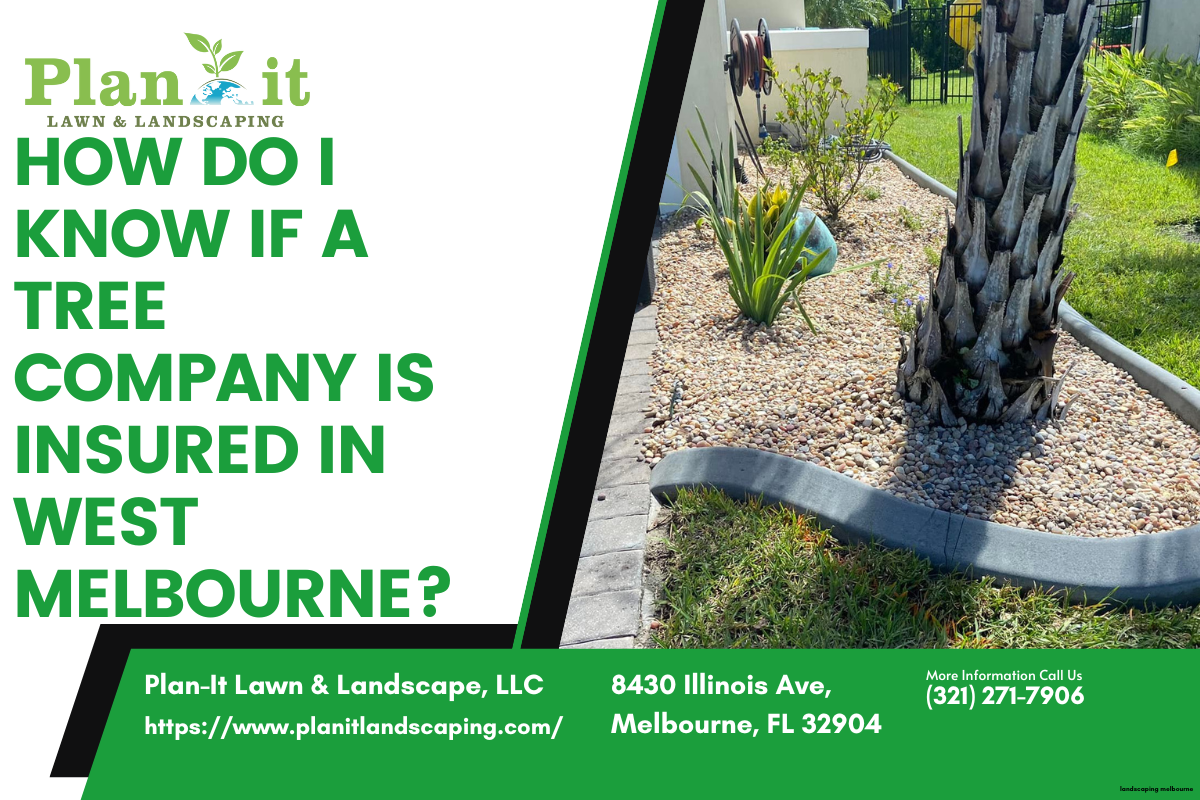TABLE OF CONTENTS
A realistic landscaping budget is not a single number but a flexible range that depends entirely on your goals. It can span from a few hundred dollars for essential maintenance to well over $25,000 for a complete outdoor renovation. The key to financial success is to clearly define your vision—whether that involves simple upkeep, strategic aesthetic upgrades, or a major hardscape transformation—and then align that vision with a well-structured financial plan. This guide will walk you through the costs associated with each level of landscaping to help you build a budget that works for you.
Why "one size fits all" doesn't apply to landscaping budgets
When clients ask, "What is a good landscaping budget?" our answer always begins with a conversation about their specific property and aspirations. There is no universal price tag for a beautiful yard because every project is unique. The cost to maintain a small suburban lawn is vastly different from the investment required to install a multi-level stone patio with an outdoor kitchen. Your budget is ultimately a reflection of three key variables: the current state of your property, the scope of your desired changes, and the quality of the materials and craftsmanship you choose.
To bring clarity to this complex question, we find it helpful to categorize landscaping projects into three distinct tiers: basic maintenance, mid-range upgrades, and major renovations. Understanding which category your project falls into is the first and most crucial step in developing a realistic budget. This framework allows you to see where your money goes and make informed decisions, whether you're simply aiming for a neat and tidy appearance or creating a fully functional outdoor living space for your family to enjoy for years to come.
Breaking it down: The three tiers of landscaping projects
Mapping out your financial plan becomes much simpler when you can identify the scale of your project. Each tier involves different tasks, materials, and levels of labor, all of which directly impact the final cost. By examining these categories, you can better estimate where your project fits and what you can expect to pay.
Tier 1: Basic maintenance and simple enhancements
This foundational tier is all about keeping your property healthy, clean, and attractive. It includes the recurring tasks necessary for a well-kept landscape but doesn't involve significant changes to its structure or design. Think of this as the essential upkeep that protects your property's value and curb appeal. These services are typically billed on a recurring basis, such as weekly, bi-weekly, or monthly.
- Lawn Mowing and Edging: The most common maintenance task, ensuring a neat and uniform appearance.
- Fertilization and Weed Control: Critical for lawn health, promoting lush growth while preventing invasive weeds.
- Garden Bed Maintenance: Weeding, turning soil, and ensuring plant health.
- Seasonal Cleanups: Leaf removal in the fall and debris clearing in the spring to prepare your yard for the coming season.
- Mulching: Applying fresh mulch to garden beds to retain moisture, suppress weeds, and improve soil health.
For this level of service, homeowners can typically budget between $150 and $500 per month, depending on the size of the property and the frequency of visits. It’s a predictable, ongoing expense that provides immense value by maintaining the health and beauty of your existing landscape.
Tier 2: Mid-range upgrades and softscaping projects
This tier involves making noticeable improvements to your existing landscape without undertaking a massive structural overhaul. These are the projects that enhance visual appeal, add color and dimension, and improve the overall functionality of your yard. Softscaping—which involves living elements like plants, trees, and soil—is the star of this category. These projects are typically priced on a per-project basis.
Common mid-range projects include:
- Planting New Trees and Shrubs: Adding mature plants for privacy, shade, or aesthetic beauty.
- Creating New Garden Beds or Flower Beds: Designing and installing new areas for annuals, perennials, or vegetable gardens.
- Sod Installation: Laying new turf to create an instant, lush lawn in areas that are bare or patchy.
- Installing a Simple Irrigation System: Adding sprinklers or drip lines to ensure your lawn and plants are watered efficiently.
- Low-Voltage Landscape Lighting: Installing lights to highlight architectural features, illuminate pathways, and enhance security.
Projects in this category can vary widely in cost, but many fall within the $1,500 to $8,000 range. In fact, a significant number of landscaping improvements fall into this bracket; the average landscaping project cost is $3,650, according to Angi. This tier offers the most "bang for your buck" for homeowners looking to make a visible and impactful change without committing to a full-scale renovation.
Tier 3: Major renovations and hardscaping installations
This is the most transformative—and most expensive—tier of landscaping. Major renovations involve significant structural changes to your property, often incorporating hardscaping elements. Hardscaping refers to all the non-living components of a landscape, such as stone, concrete, and wood. These projects create new functional spaces and can fundamentally change how you interact with your yard.
Examples of major renovations include:
- Patios and Decks: Building foundational outdoor living spaces for dining, lounging, and entertaining.
- Retaining Walls: Constructing walls to manage slopes, prevent erosion, and create terraced levels in a yard.
- Outdoor Kitchens and Fire Pits: Installing permanent structures for cooking and gathering.
- Pergolas and Gazebos: Adding overhead structures for shade and architectural interest.
- Water Features: Installing ponds, waterfalls, or fountains for ambient sound and visual appeal.
- Walkways and Driveways: Using pavers, flagstone, or concrete to create durable and attractive paths.
The investment for these projects is substantial, typically starting around $8,000 and going up significantly from there. For instance, retaining wall construction costs range from $3,250 to $9,000 on average, according to one report. For more complex installations, major projects like an outdoor kitchen installation can cost between $6,000 and $25,000 or even more. These are long-term investments that add significant functional and financial value to your home.
The key factors that influence your final landscaping cost
Beyond the three main tiers, several specific variables can cause the price of your project to fluctuate. Understanding these factors will help you see where costs originate and identify areas where you might be able to adjust your plan to meet your budget. A professional landscaper will be transparent about how each of these elements contributes to your final quote.
Labor: The human element
Labor is often one of the most significant line items on a landscaping quote, and for good reason. You are not just paying for physical work; you are investing in the experience, skill, and efficiency of a professional crew. Experienced landscapers know how to properly prepare a site, install materials for longevity, operate heavy machinery safely, and solve problems that inevitably arise. Nationally, landscapers typically charge for labor costs by the hour, usually about $50 to $100 per hour per person on the crew. While it may be tempting to cut costs here, skilled labor is what ensures a project is built to last.
Materials: From soil to stone
The materials you choose have a direct and dramatic impact on your budget. For nearly every aspect of a project, there is a spectrum of options available at different price points. For example, a simple concrete paver patio will be far more affordable than one built from imported natural bluestone. A pathway made of pea gravel is less expensive than one made of flagstone. Even mulch comes in different grades, from inexpensive pine bark to premium cedar. A quality contractor will help you explore these options and find materials that deliver the aesthetic you want at a price you are comfortable with.
Project size and complexity
It stands to reason that a larger project will cost more than a smaller one, but complexity is an equally important factor. A large, flat, rectangular lawn is relatively simple to sod. A small, steeply sloped yard that requires a retaining wall and extensive grading before sod can be laid is a far more complex and costly endeavor. This is why square footage is a common metric for pricing. Depending on the scope of work, typical landscaping costs range from $4.50 to $12 per square foot, a figure that accounts for both materials and labor. The more intricate the design, the more skill and time are required, which increases the overall cost.
Site accessibility and preparation
How easily can a crew and their equipment access the work area? A backyard with a wide gate and direct access from the street is straightforward. A fenced-in yard on a hill with no direct entry point may require materials to be brought in by wheelbarrow, significantly increasing labor hours. Furthermore, site preparation is a crucial first step. If the area is covered in overgrown brush, large rocks, or an old concrete slab, that all needs to be removed before any new work can begin. Demolition, clearing, and grading are essential but add time and expense to the project.
What is a good landscaping budget? A practical approach
So, how do you translate all this information into a concrete number? While every project is different, a widely accepted guideline in the real estate and landscaping industries is to budget 5% to 10% of your home's total value for a comprehensive landscaping installation or renovation. For a $400,000 home, this would mean a budget between $20,000 and $40,000 for a significant, property-wide project. This figure is for a major overhaul, not for simple maintenance or a mid-range upgrade.
For a clearer view, this table summarizes the typical cost ranges we've discussed:
Answering common questions about landscaping costs
Let's directly address some of the most frequently asked questions about budgeting for landscaping to provide further clarity.
How much does the average American spend on landscaping?
While annual spending habits vary greatly by region and household, a useful benchmark is the cost of a typical project. As mentioned earlier, data shows the average landscaping project cost is $3,650, but this figure represents a single undertaking, not necessarily a homeowner's total annual expenditure. Annual spending can range from a few hundred dollars for those who only need basic mowing services to tens of thousands for those investing in a major hardscape renovation. The "average" is less important than determining what is appropriate for your specific goals and property.
What is the most expensive part of landscaping?
Without a doubt, hardscaping and the specialized labor required to install it are the most expensive parts of landscaping. Structural elements like patios, outdoor kitchens, and complex retaining walls require significant material costs—stone, pavers, concrete, and appliances are not cheap. More importantly, they demand a high level of skill to construct safely and correctly. Excavation, grading, building proper foundations, and ensuring correct drainage are non-negotiable for a lasting result. This combination of high material costs and the need for expert labor makes hardscaping the primary driver of high-end project budgets.
How to get the most value from your landscaping budget
A smart budget isn't just about spending less; it's about spending wisely. You want to achieve the maximum impact for every dollar you invest. Here are five professional strategies to help you get the most value from your landscaping project.
- Develop a Master Plan: Before you move a single shovel of dirt, have a comprehensive design for your entire property. Even if you can't afford to do everything at once, a master plan ensures that every project you undertake works in harmony with the next. This prevents you from having to undo or redo work later, saving you significant money in the long run.
- Phase Your Project: With a master plan in hand, you can break your dream landscape into smaller, financially manageable phases. Perhaps you install the patio and walkways in year one, focus on planting beds and trees in year two, and add landscape lighting in year three. Phasing allows you to build your ideal outdoor space over time without financial strain.
- Prioritize High-Impact Areas: Focus your initial investment on the areas that will provide the most enjoyment and visual return. This often means the front yard for curb appeal and the primary outdoor living space, like a patio off the back door. Improving the areas you see and use every day will feel like a more valuable investment.
- Choose Materials Wisely: You don't always need the most expensive material to achieve a high-end look. High-quality architectural concrete pavers can provide a similar aesthetic to natural stone at a fraction of the cost. A knowledgeable designer can recommend durable, attractive, and cost-effective alternatives for your project.
- Invest in Professional Design and Installation: It may seem counterintuitive, but hiring a professional can save you money. A skilled designer will create a plan that is beautiful, functional, and efficient, avoiding common DIY mistakes that can be expensive to fix. A professional installation crew ensures the job is done right the first time, protecting you from future repair costs and ensuring the longevity of your investment.
Partnering with a professional for a predictable outcome
Navigating the complexities of a landscaping budget can be overwhelming. The best way to ensure a successful project that meets your financial and aesthetic goals is to partner with an experienced landscaping company. A true professional will do more than just hand you a price; they will work with you as a consultant. They will listen to your vision, inspect your property, discuss material options, and present you with a detailed, itemized proposal that clearly explains where every dollar is going. This transparency removes guesswork and empowers you to make confident decisions. Quality craftsmanship is an investment that pays dividends in durability, beauty, and years of enjoyment.
At Plan-It Lawn And Landscaping, we believe a beautiful landscape starts with a clear, realistic plan. Our team of experienced designers and craftsmen work with you to align your vision with your budget, ensuring a stunning result without surprises. If you’re in the West Melbourne, FL area and ready to transform your outdoor space, contact us today for a comprehensive consultation. Let's build your dream yard, together.




















